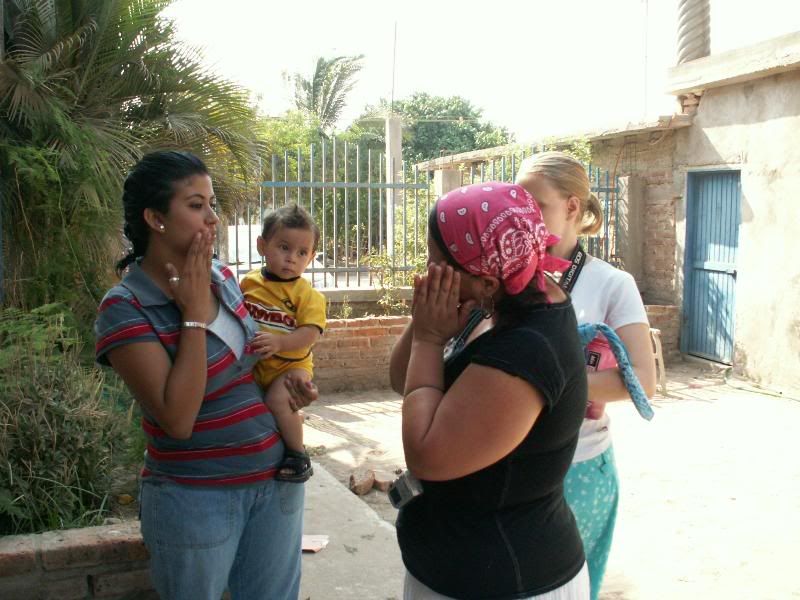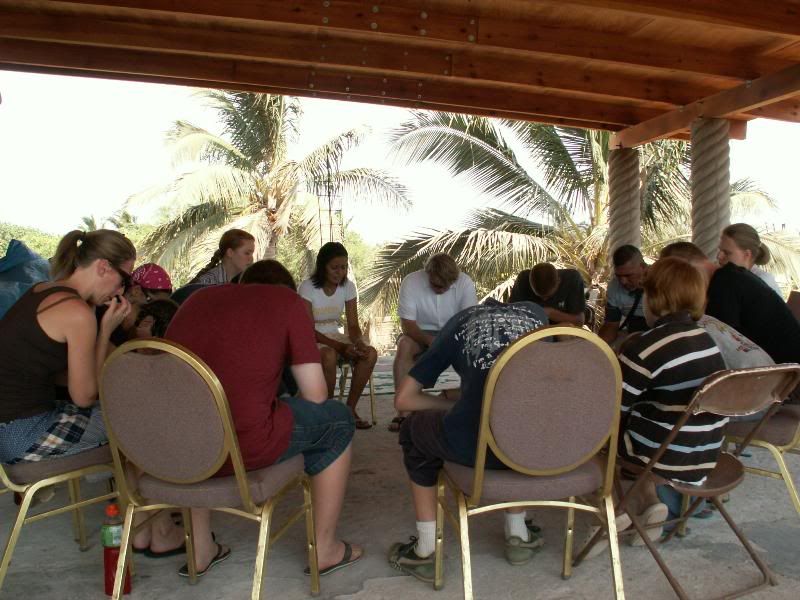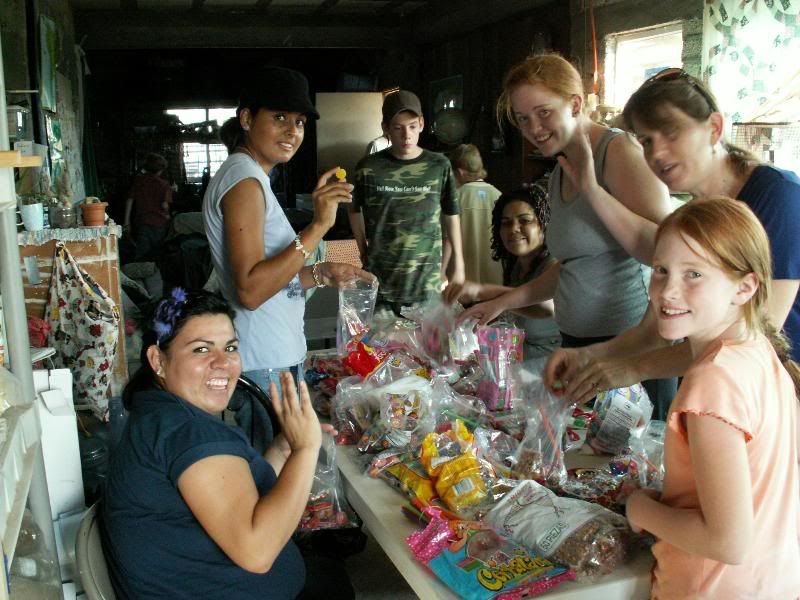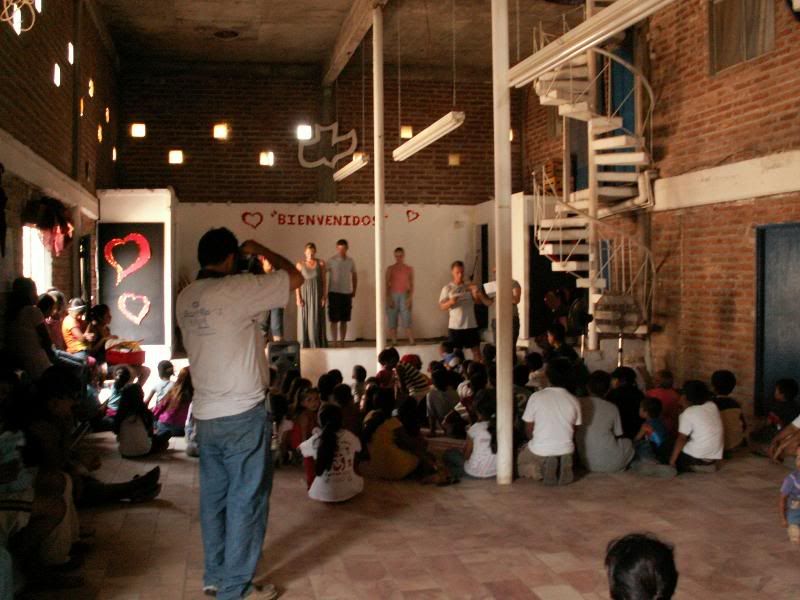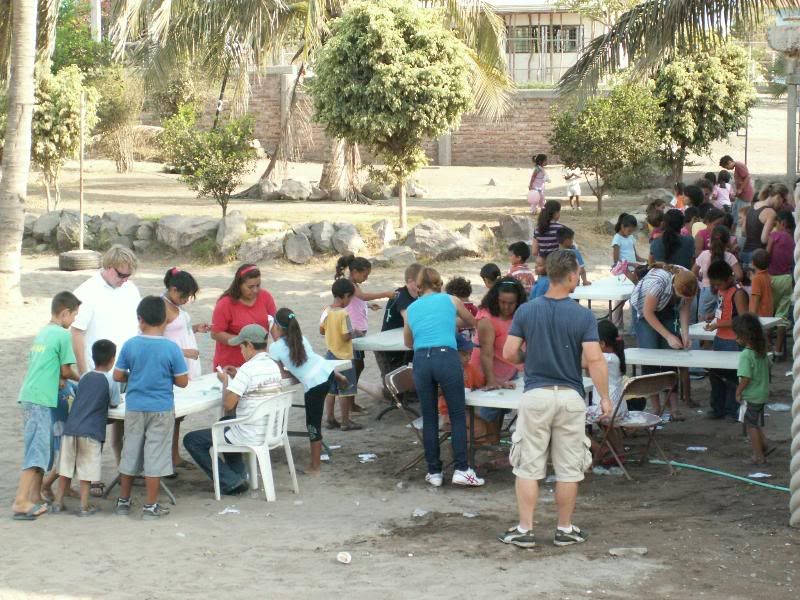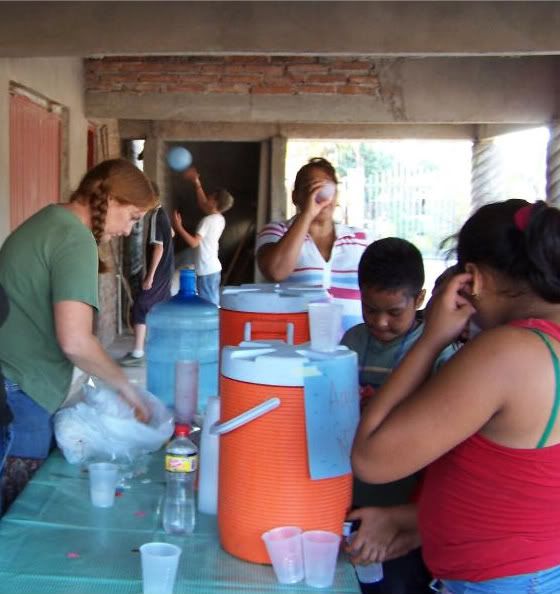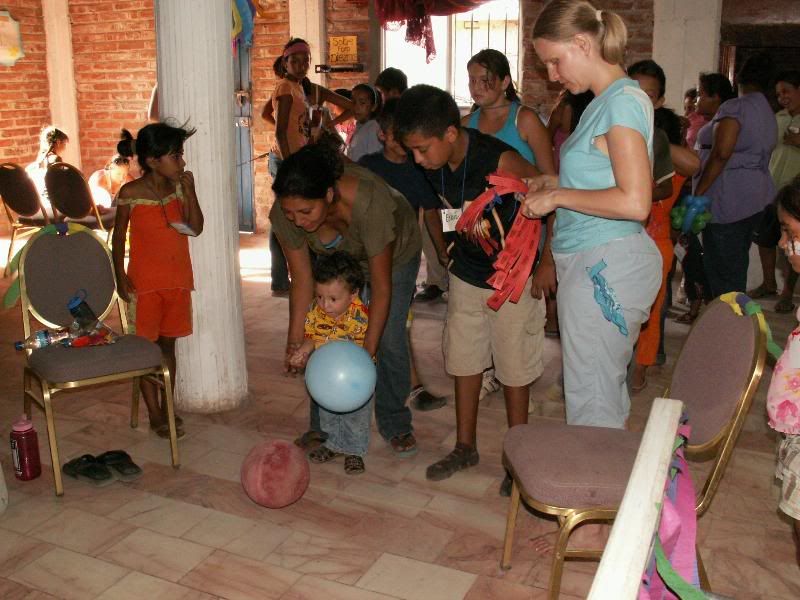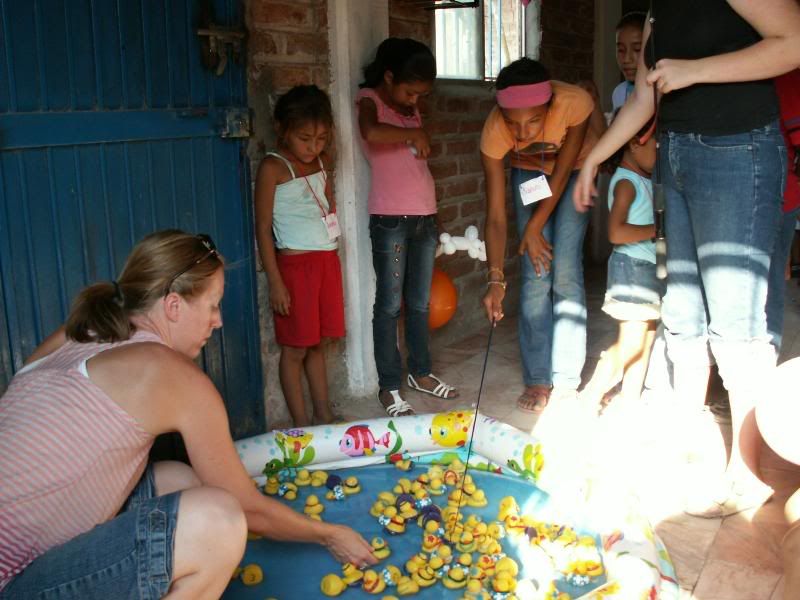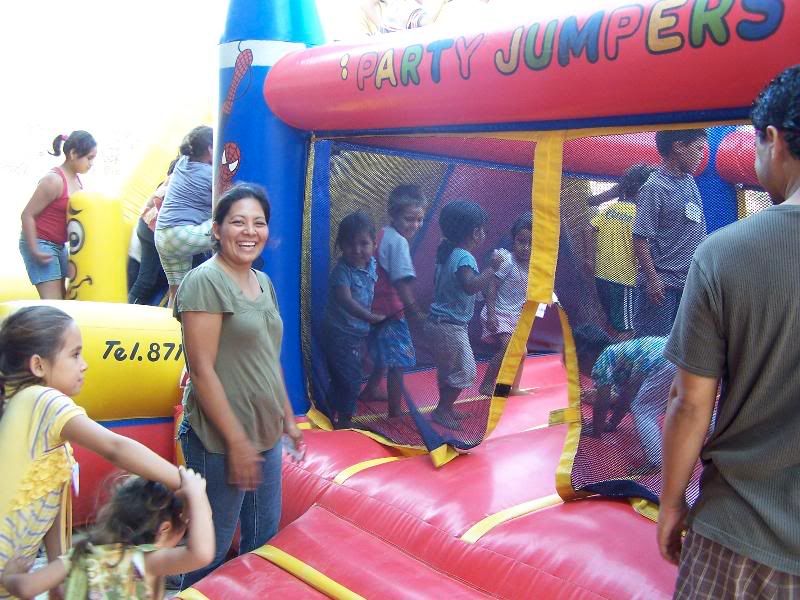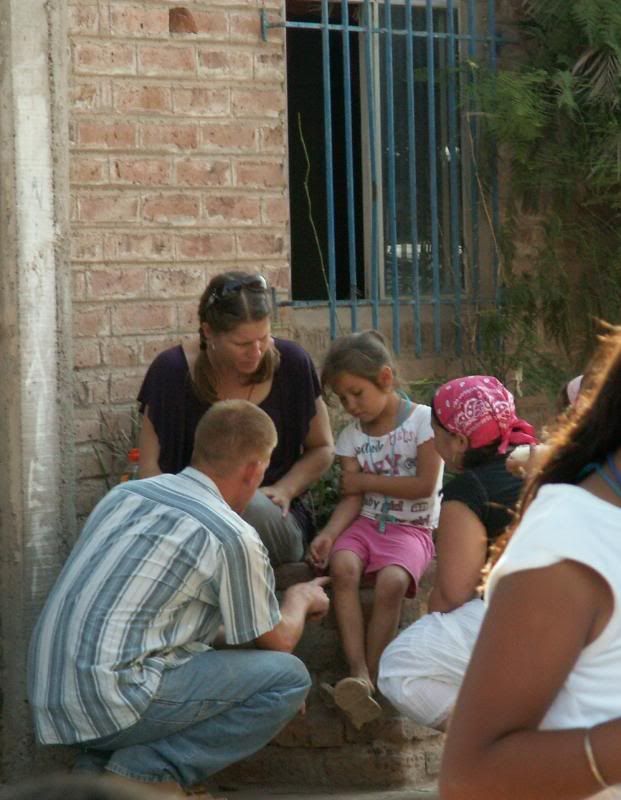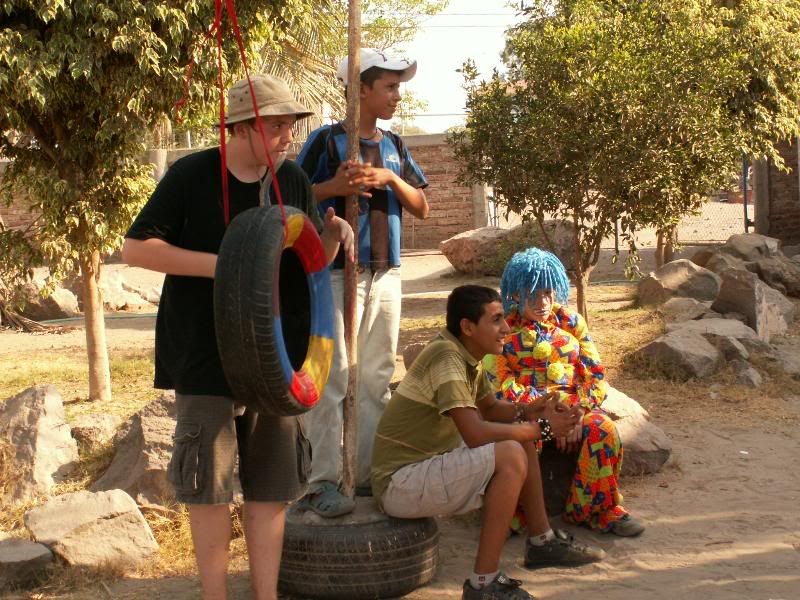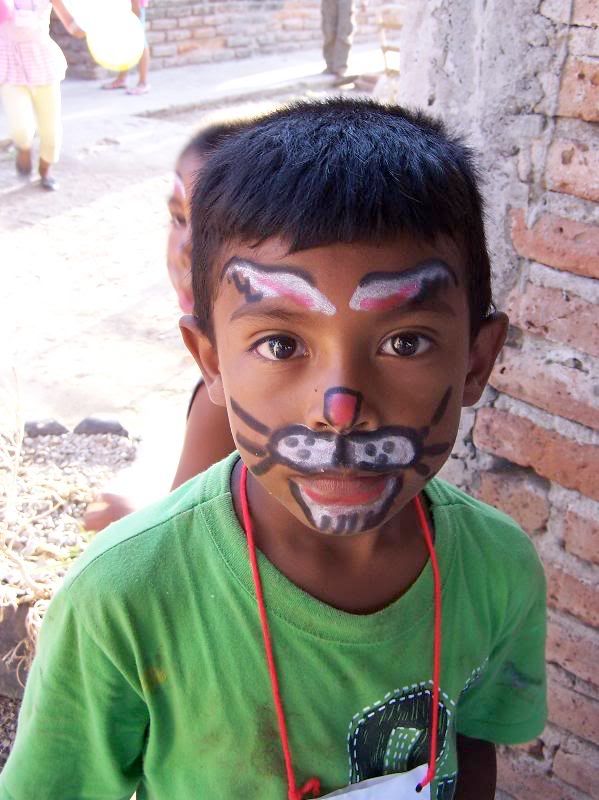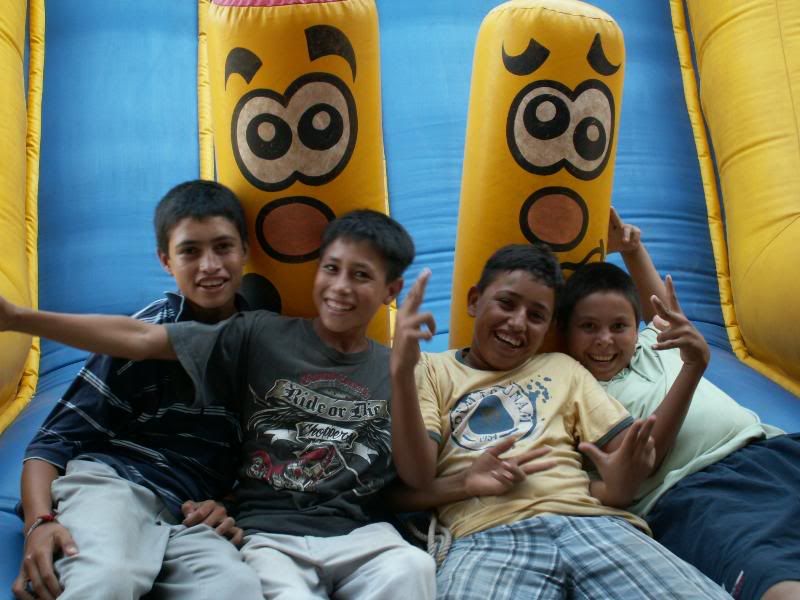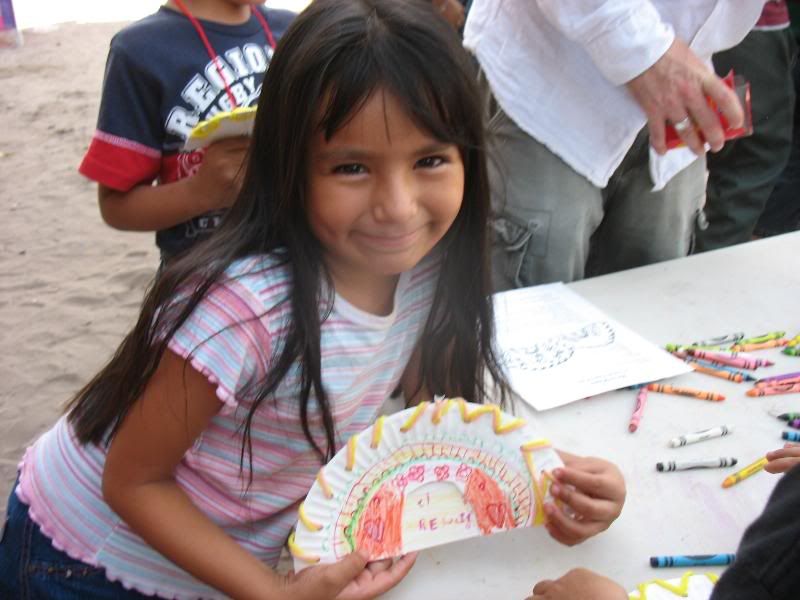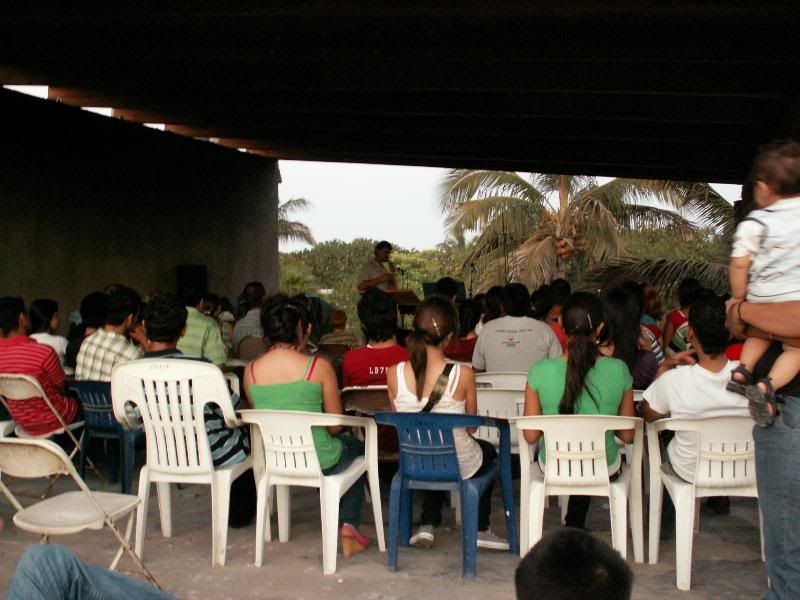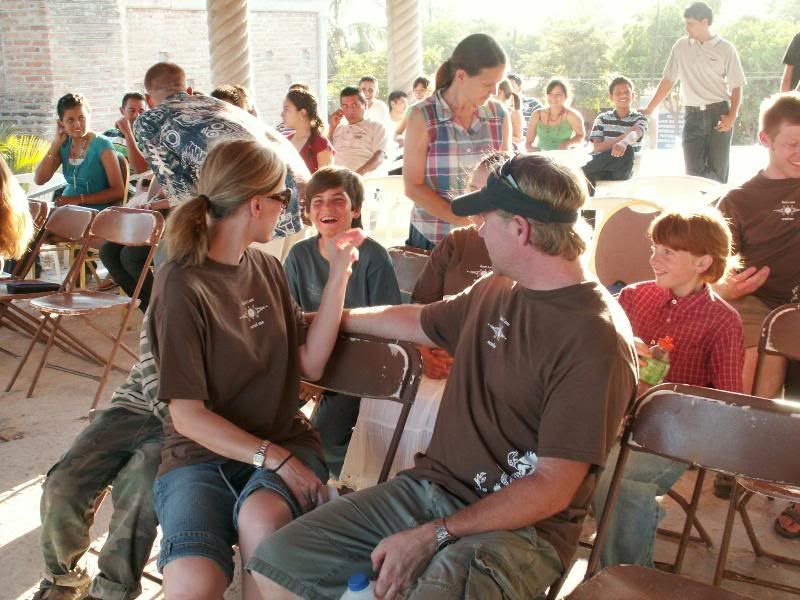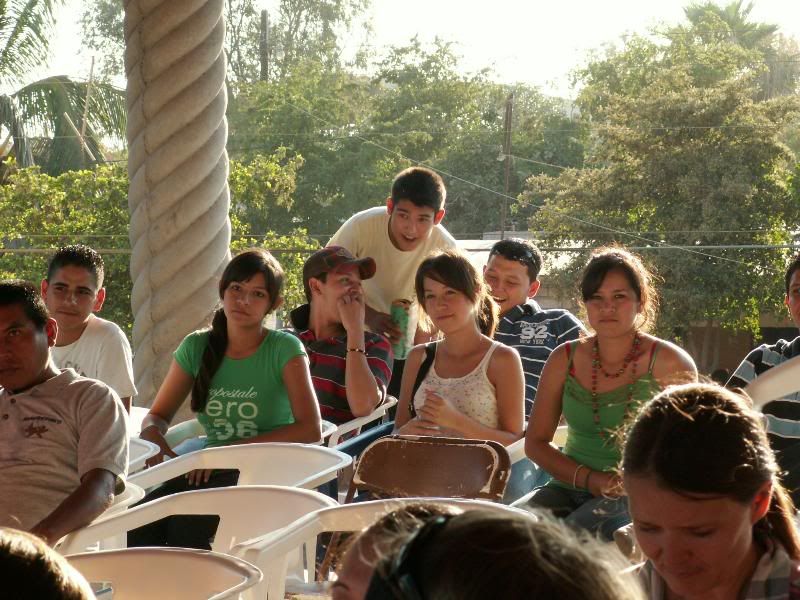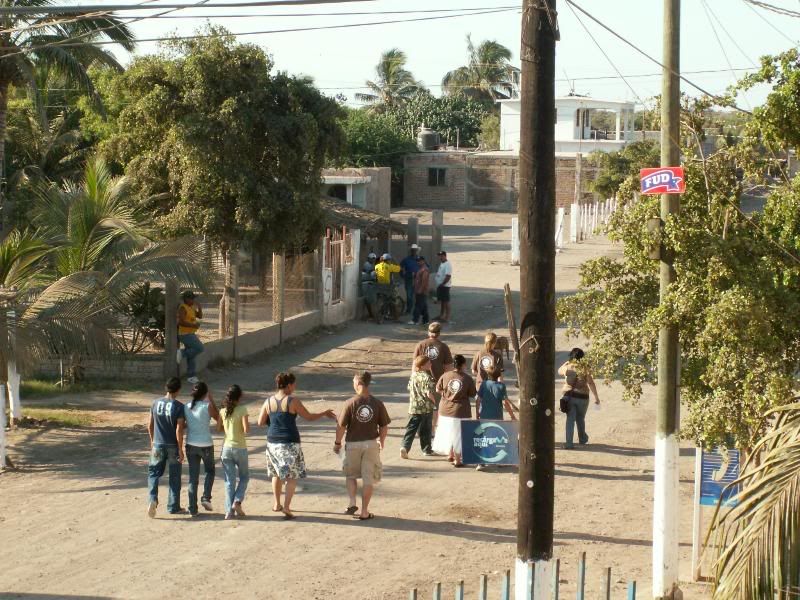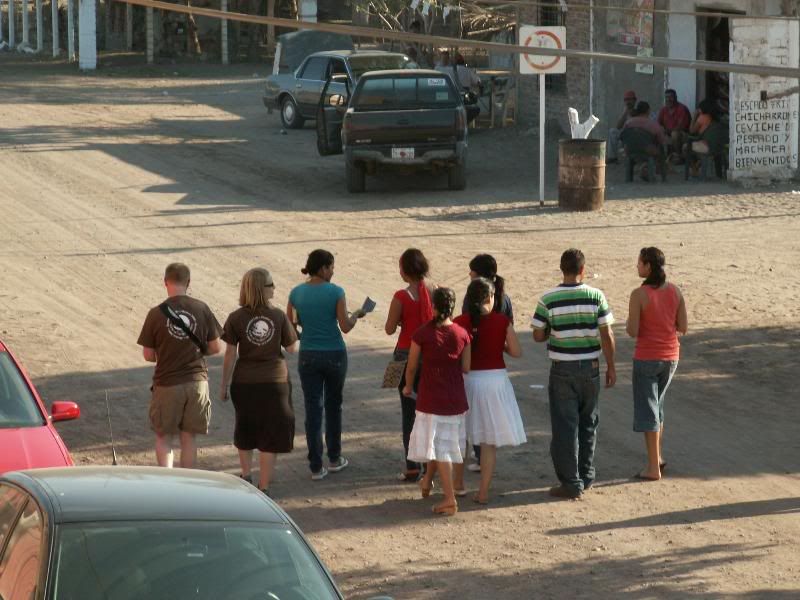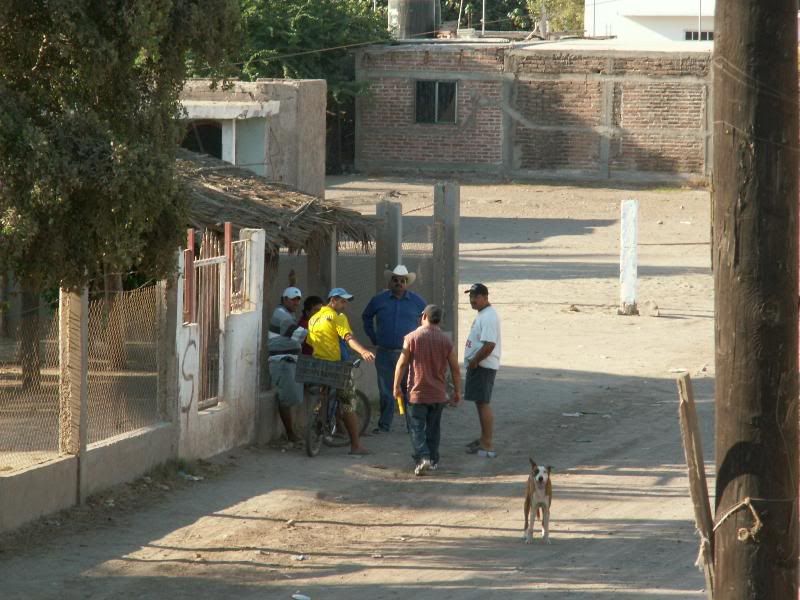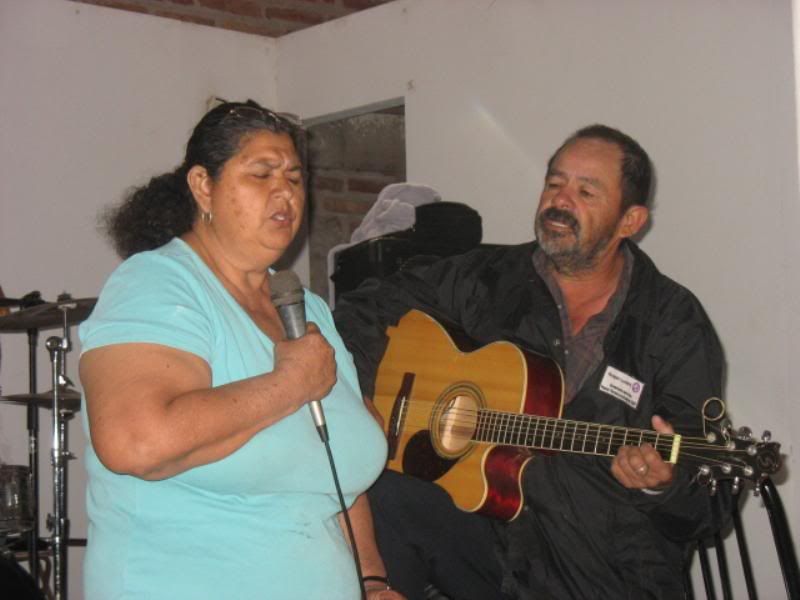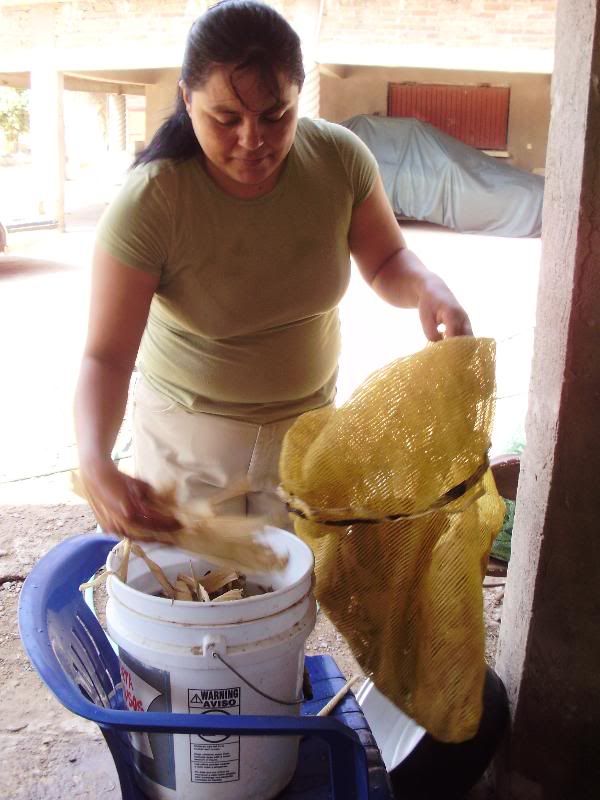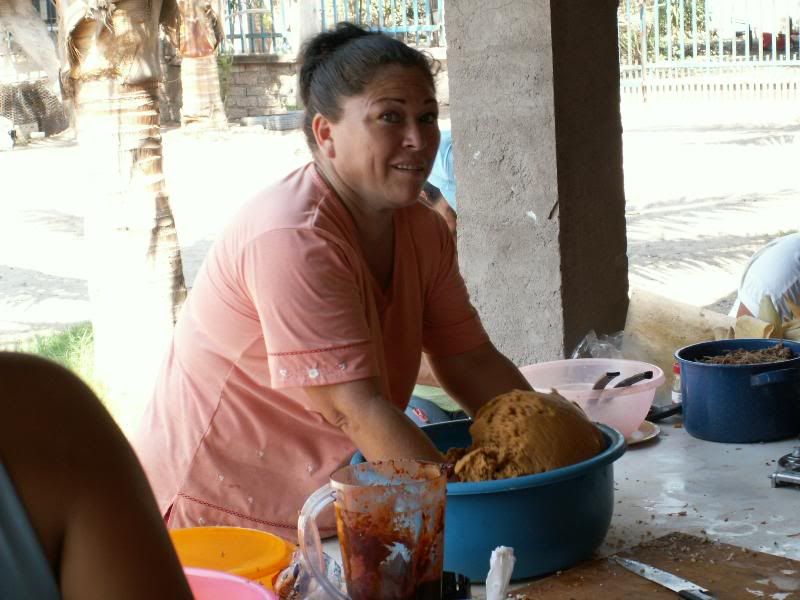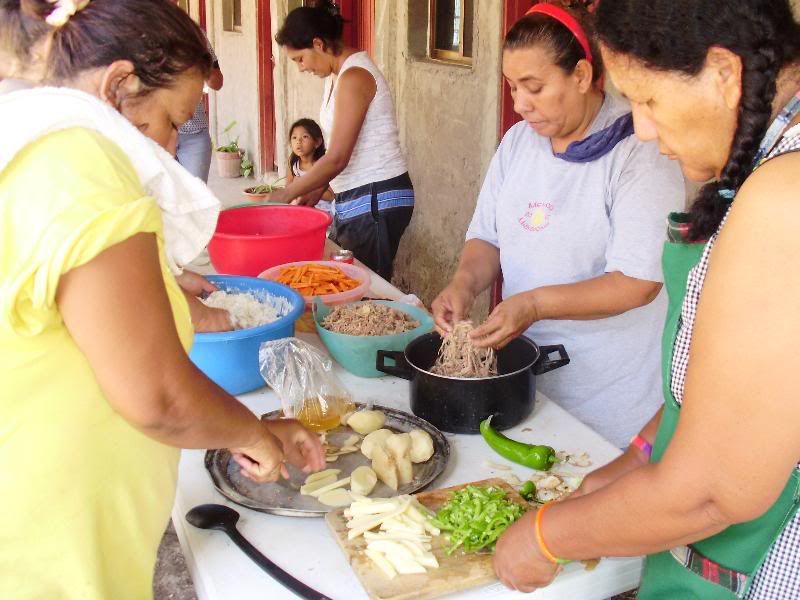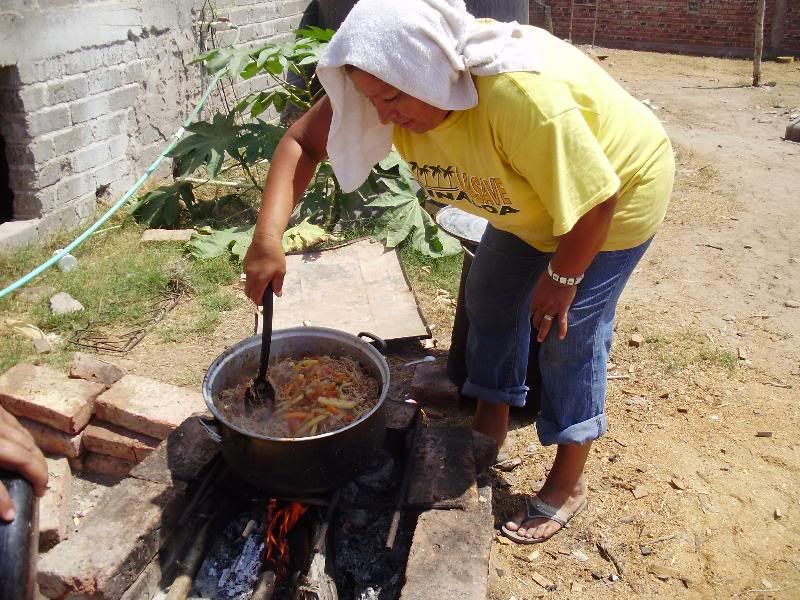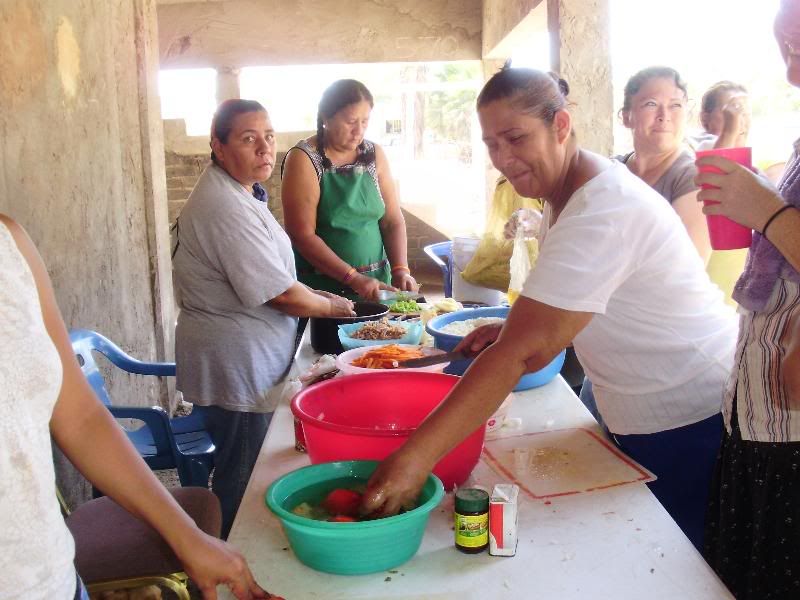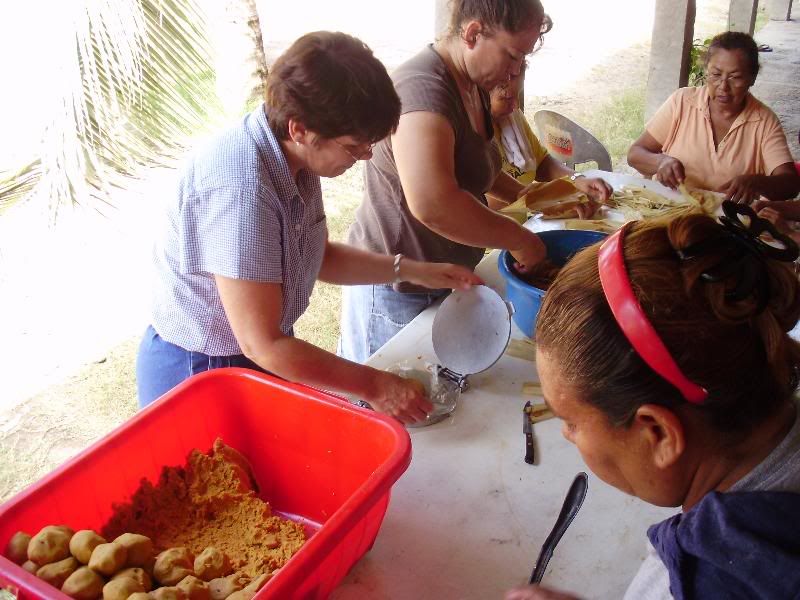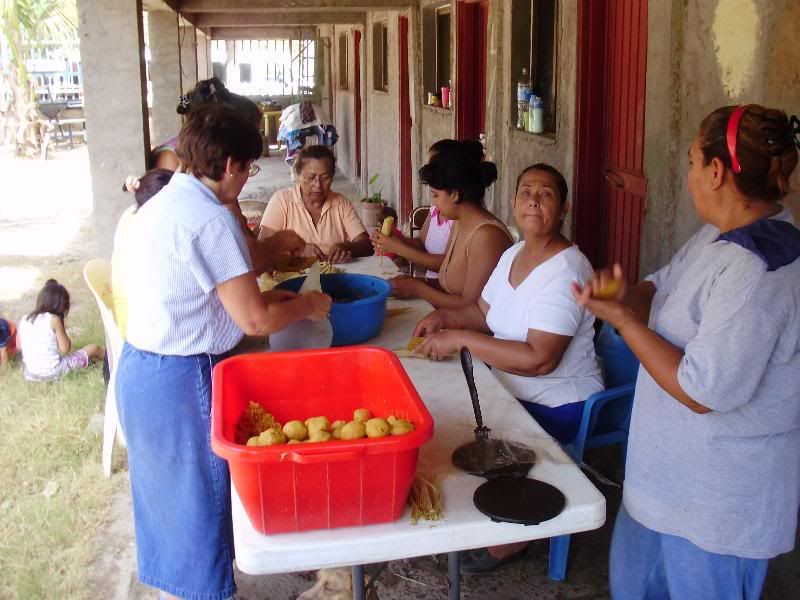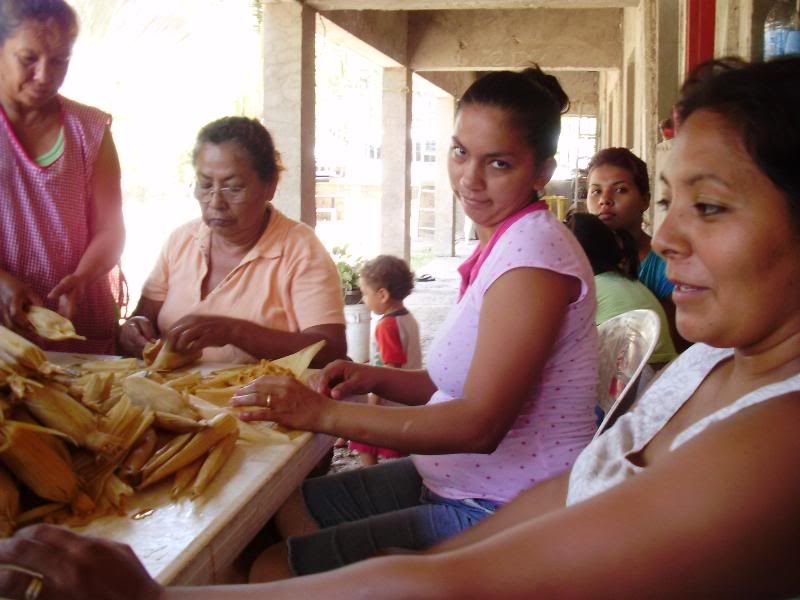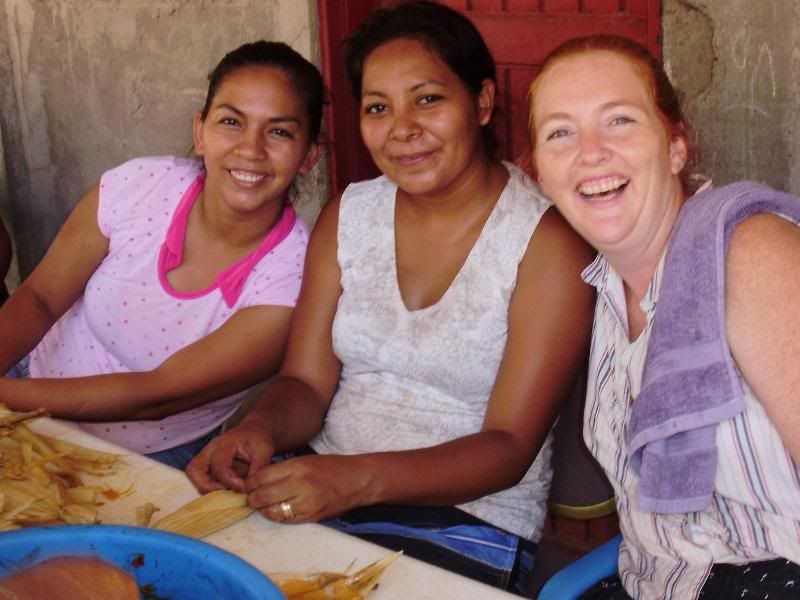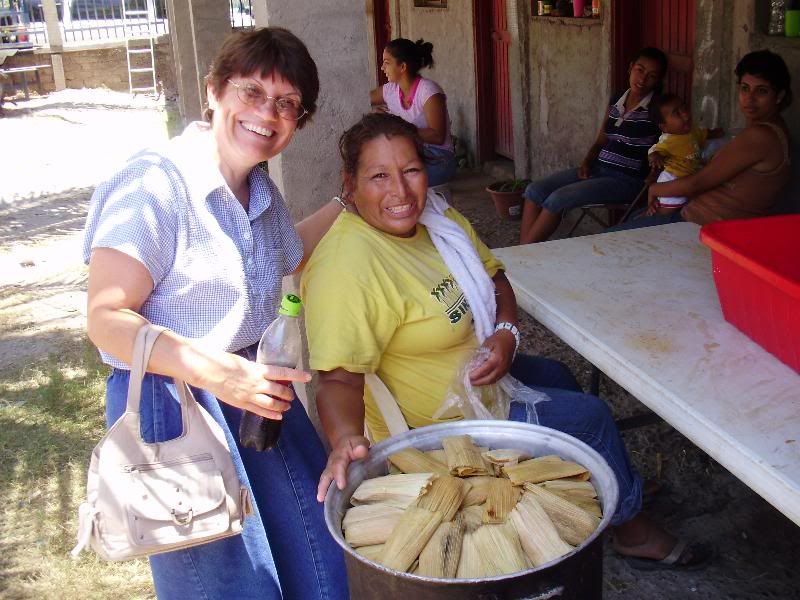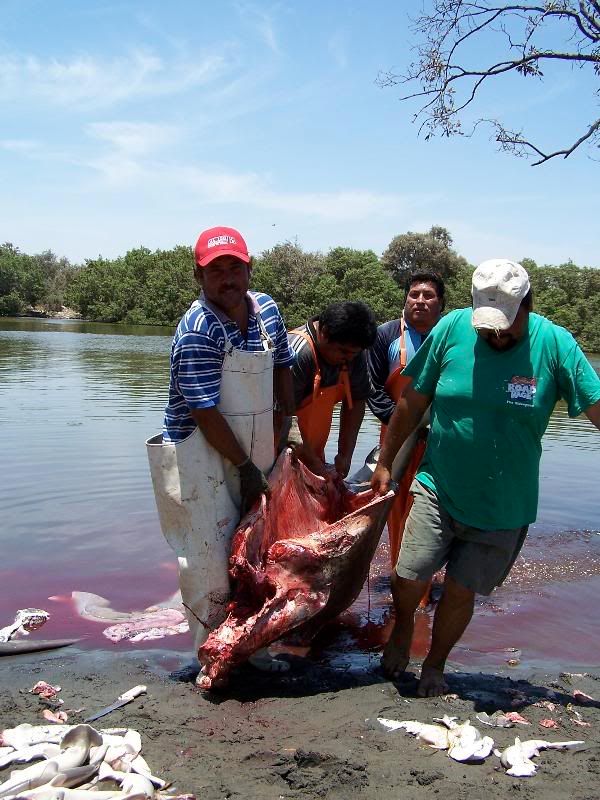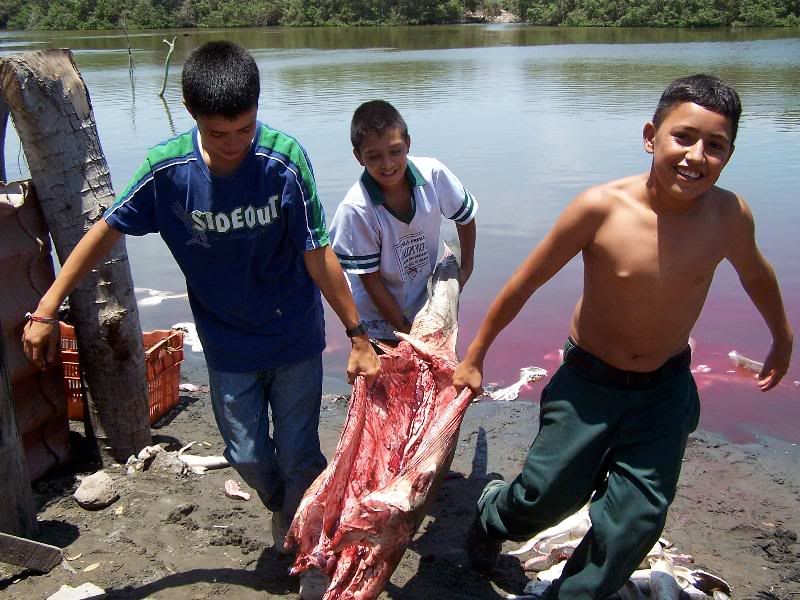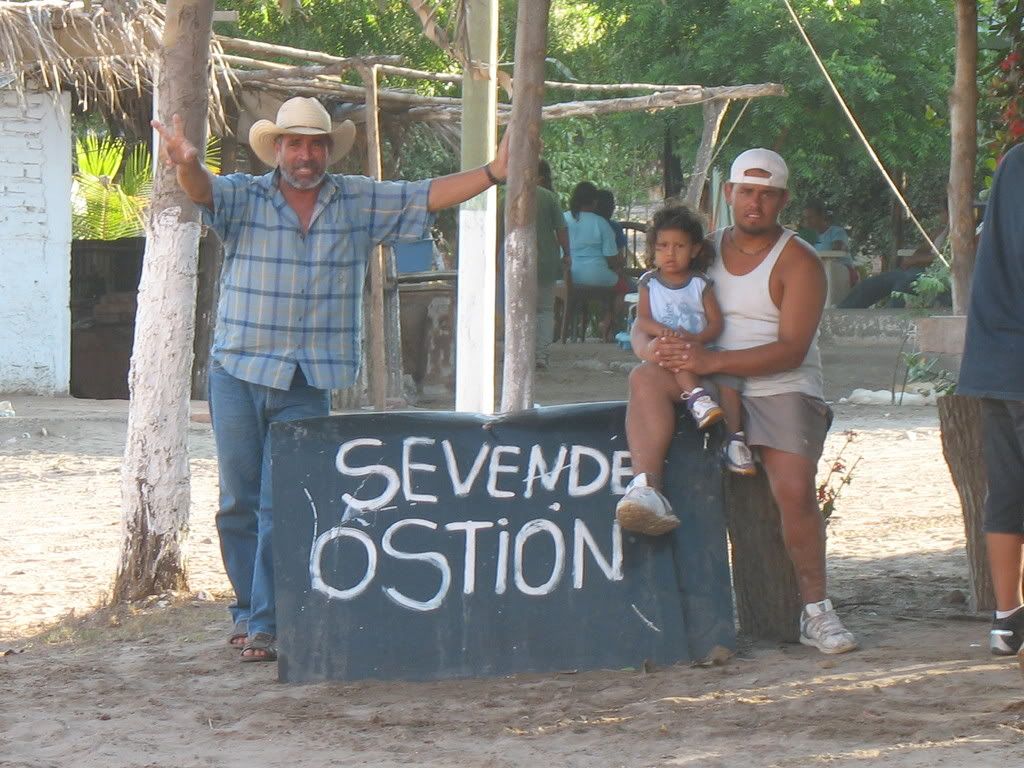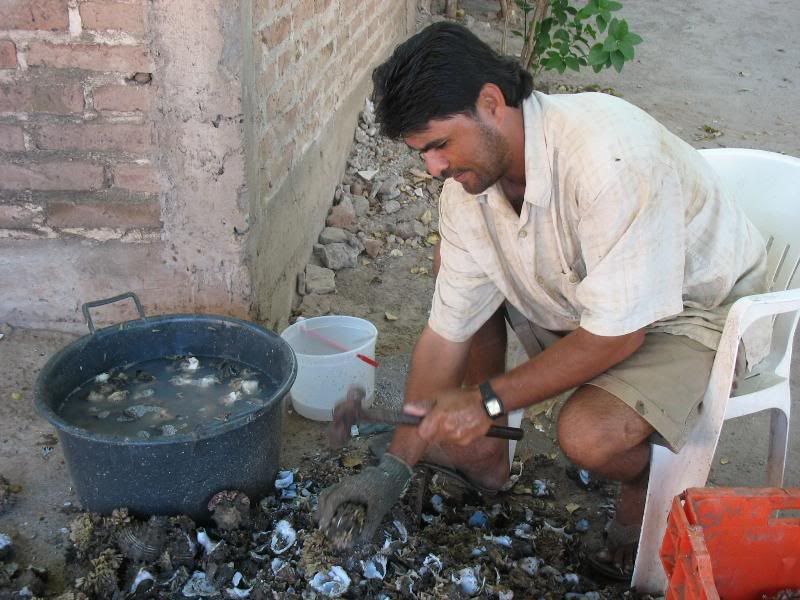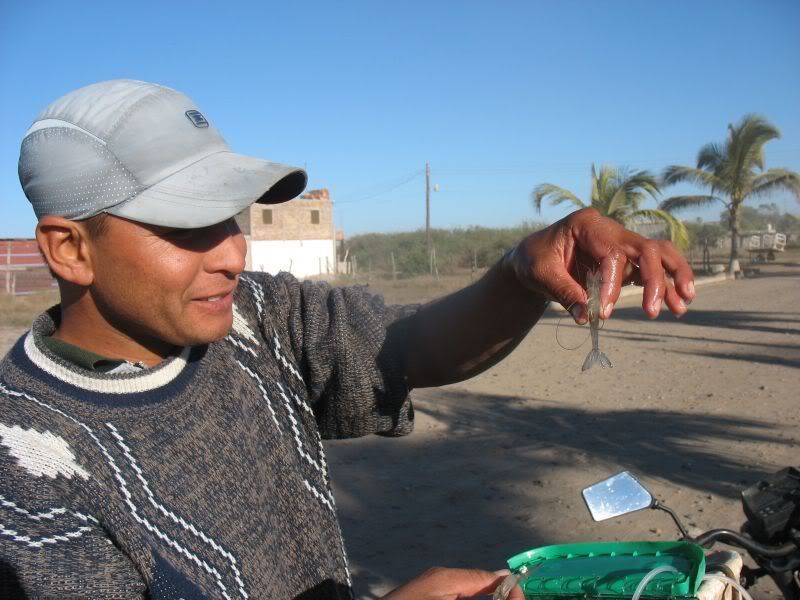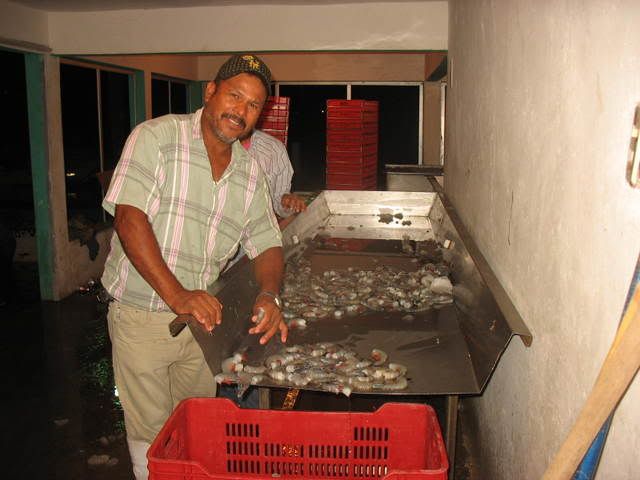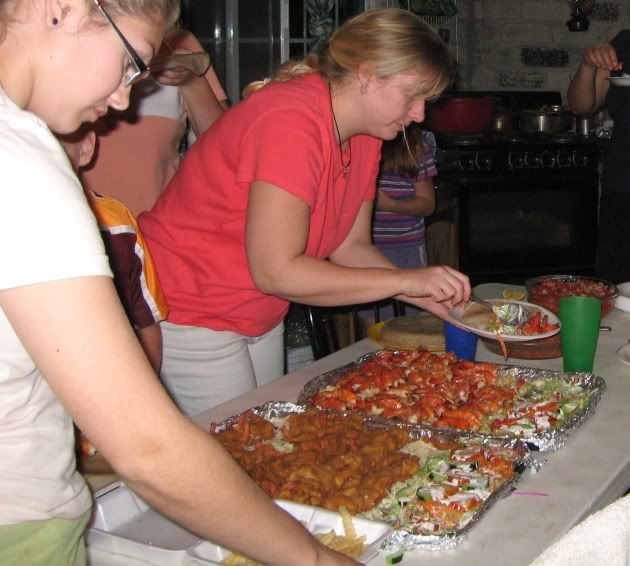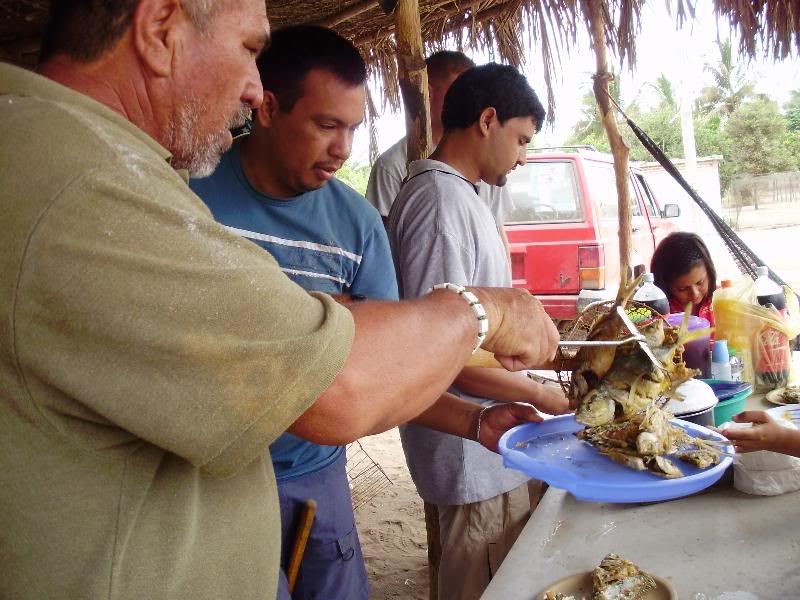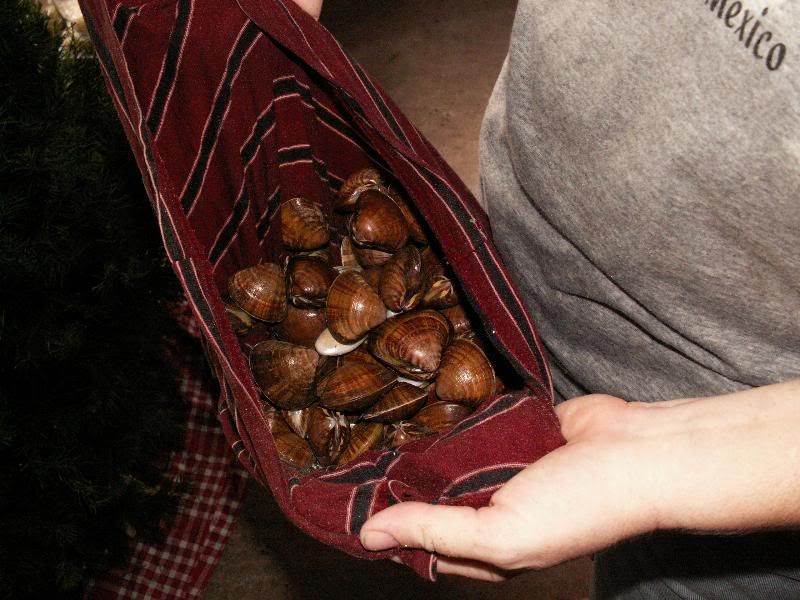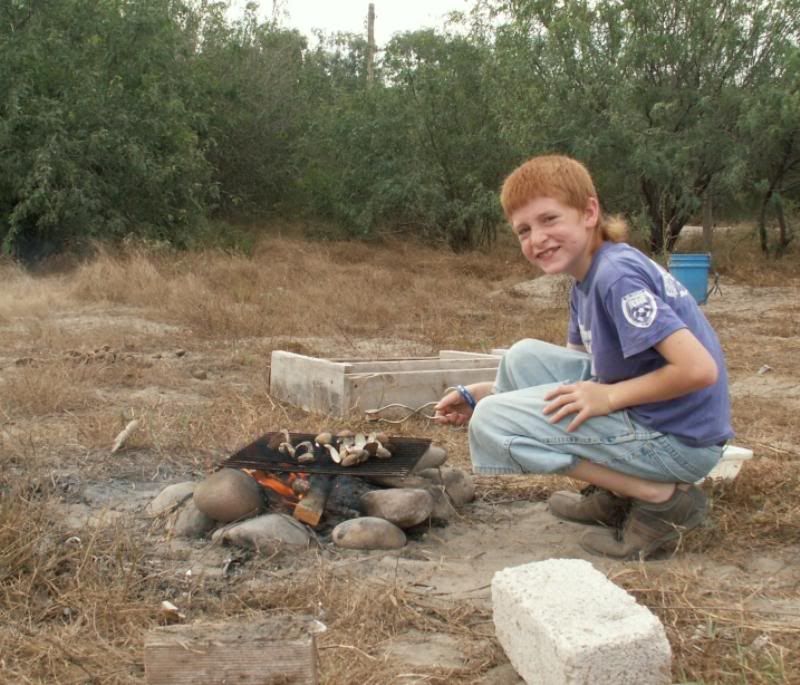Living in a construction zone is a great way to train your boys...and your girls for that matter! Because of the time we spent readying the Oregon house to sell, Sarah is an excellent drywaller. All our kids know how to work with hand tools and aren't intimidated by power tools either.
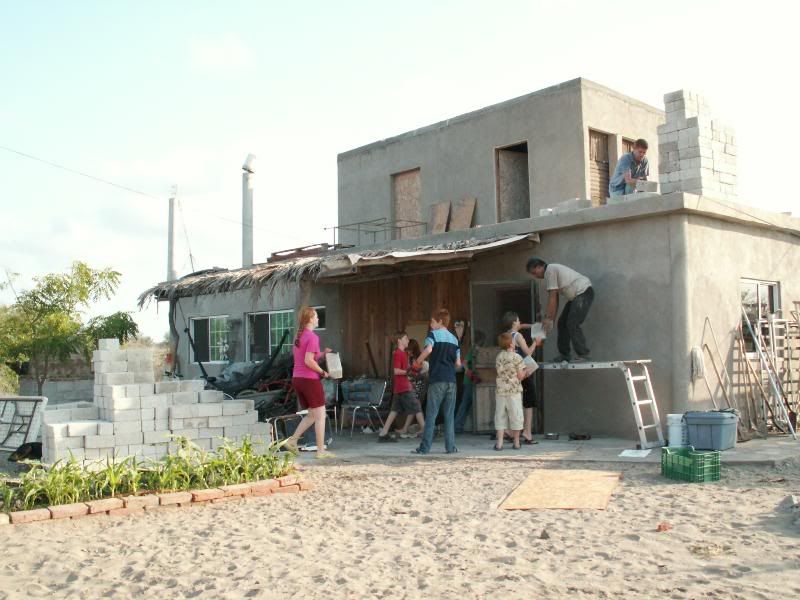
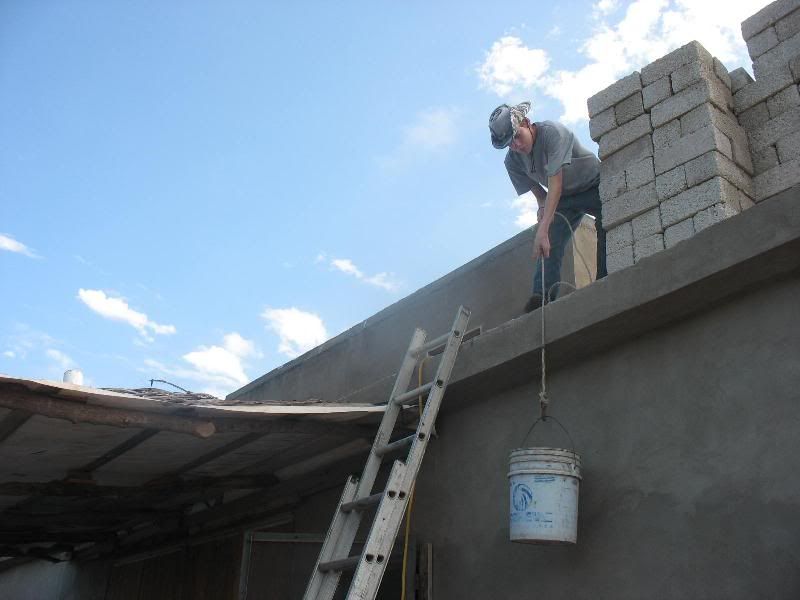
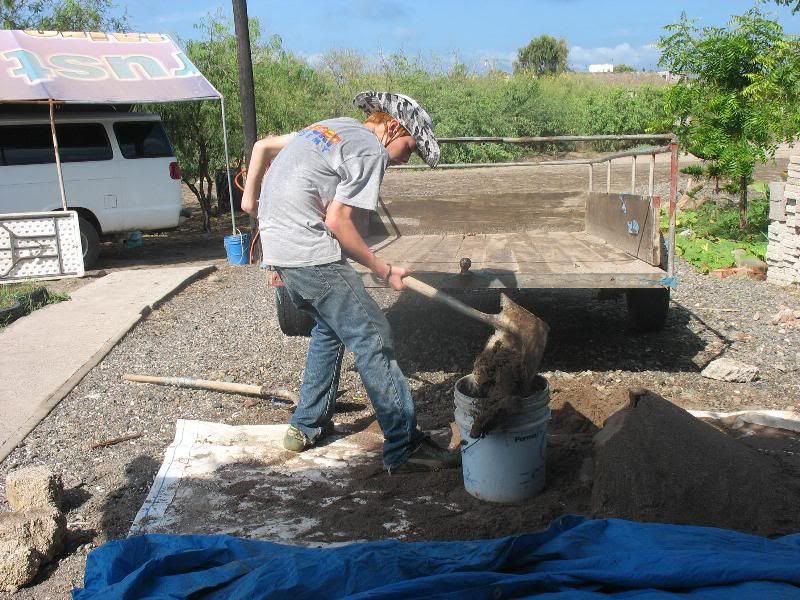
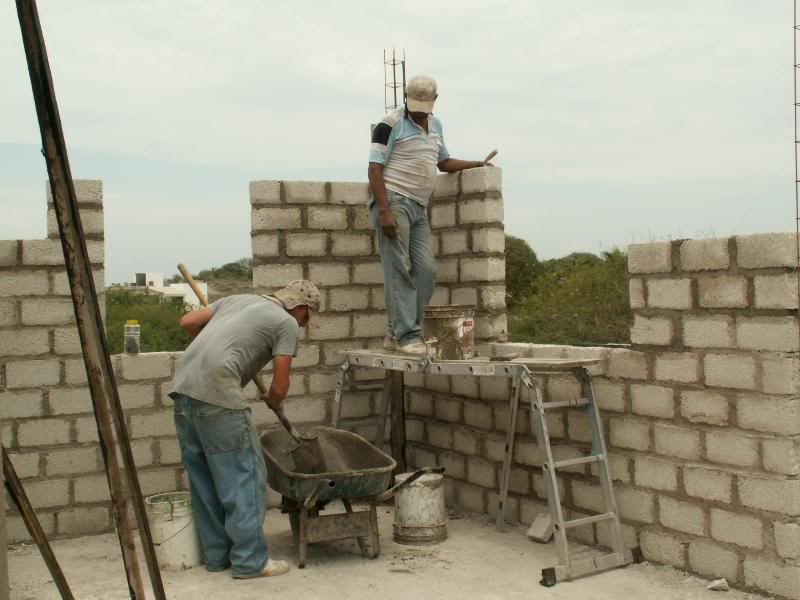
The custom in our part of Mexico is to save money until you have enough to purchase the materials you need for a section or room and then build the room. When you run out of materials, you're done with construction and you begin saving again. I guess we're building according to custom!
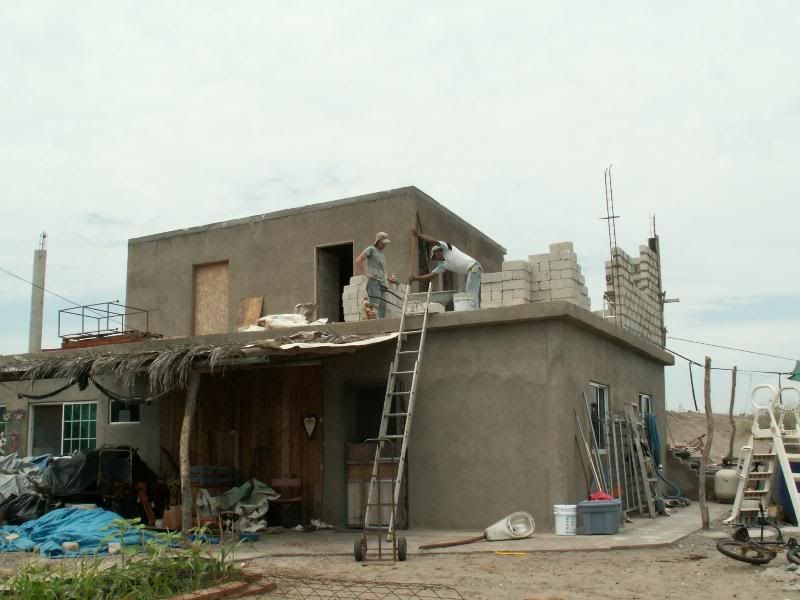
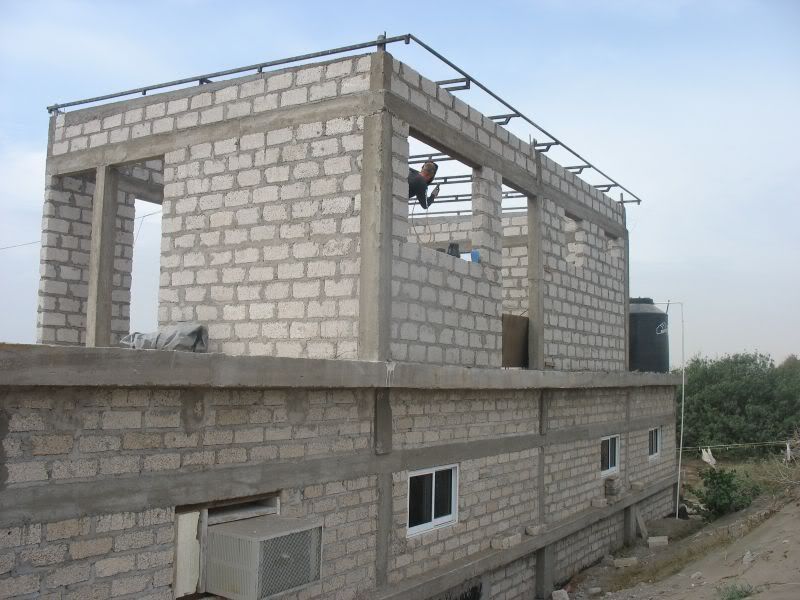
Once all the walls are finished, either a concrete roof can be poured or possibly a more solid, permanent wooden or thatch roof. We are leaning toward a material other than concrete simply because of the amount of heat the concrete traps. There is a reason ovens are made of brick!
Lord willing, once all the rooms upstairs are walled and roofed, we'll finish the wall downstairs and divide the ground floor into two large rooms. One room will be the kitchen/dining room/homeschool/meeting room and the other will be Doug's taller (pronounced "tah YEHR" and means workshop). Then when the guys from around town show up with broken tools to weld, they can do it in the shop, rather than in the living room. Not that it really matters too much, but welding in the living room is a little distracting when you're trying to do a history lesson at the kitchen table only a few feet away.
God continues to teach us new lessons as we deal with unfinished floors, plastic tarp walls, holes without windows, temporary stairs and the seemingly incessant "tyrrany of the urgent" which comes from living life in a house in progress.
One thing we've discovered: by building our house slowly and living with it in its "rustic" state for the amount of time we have, we've proven that we're not rich, and we can more closely relate to the issues which face most of the families in our village. Issues such as leaky roofs, holes which let mosquitos and other unwanted visitors in and not having air conditioning, to name only a few. Not only can we understand our neighbors better, but they can understand us, too. It's all part of that missionary lesson called Cultural Adaptation 101.

